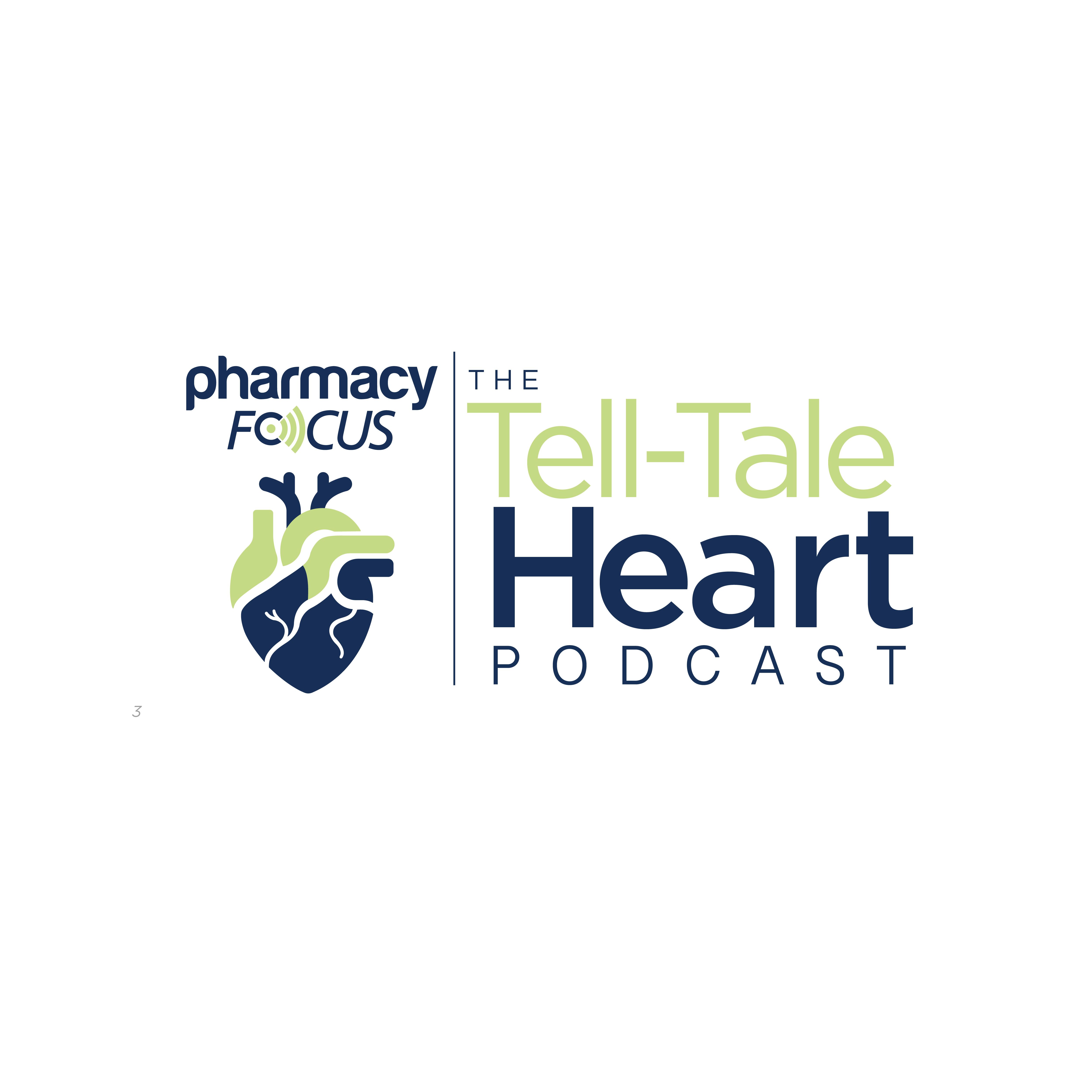News
Article
Pharmacist-Driven Management of Venetoclax Ramp-Up Safe, Feasible in Patients With Chronic Lymphocytic Leukemia
Author(s):
Key Takeaways
- Pharmacists effectively manage venetoclax ramp-up in CLL, improving clinic efficiency and patient access without increasing TLS incidence.
- The pilot program involved 30 CLL patients, with pharmacists and nurses conducting most visits and lab tests.
Pharmacists performed weekly toxicity and tumor lysis syndrome monitoring.
Venetoclax (Venclexta; AbbVie Inc) ramp-up could be safely and effectively managed by pharmacists for patients with chronic lymphocytic leukemia (CLL), according to findings from a prospective pilot program at Mayo Clinic. Additionally, pharmacist intervention yielded improved access to and the efficiency of clinic visits for patients receiving a venetoclax-based regimen.
Blood under microscope showing CLL cells | Image Credit: © jarun011 - stock.adobe.com

In 2025, more than 23,000 Americans are expected to be affected by CLL, according to the American Cancer Society. CLL is one of the most prevalent forms of leukemia in adults, characterized by an excess of white blood cells in the bone marrow, causing lymph nodes in the neck, underarm, stomach, or groin to swell painlessly. This can lead to weakness or exhaustion, fever and infection, or easy bleeding or bruising. The majority of CLL diagnoses occur in older adults; children and those under 40 are rarely affected.1
Venetoclax is an oral BCL-2 inhibitor that is the standard of care for CLL because of its proven safety and efficacy as both a monotherapy and in combination with other agents. It received initial approval as a monotherapy in 2016 for patients with CLL with 17p deletions, which was followed by subsequent approvals of its use in combination with agents including rituximab (Rituxan; Genentech) and obinutuzumab (Gazyva; Genentech). Venetoclax has also received approval for treatment of patients with acute myeloid leukemia.2-4
Despite the success of venetoclax, venetoclax-based regimens are burdensome due to extensive required monitoring of tumor lysis syndrome (TLS), a metabolic disease with serious electrolyte abnormalities and sometimes lethal aftereffects. A ramp-up dosing schedule is frequently used to mitigate TLS but can present workforce challenges within clinics. The extensive monitoring required for patients with CLL receiving venetoclax-based regimens may not be as feasible for doctors and other specialists.5
The pilot program found that integrating and utilizing the skill sets and availability of pharmacists and nurses helped to overcome the obstacles associated with venetoclax-based therapies. The program included a total of 30 patients with CLL (median age: 67 years), of which 73% were treated in the frontline setting with venetoclax between May 2022 and January 2023. The patients had 9 weekly visits during the first 3 cycles of therapy, of which 5 were performed by a pharmacist or registered nurse (RN). In cooperation with clinicians (physician, nurse practitioner, and physician assistant), the RN or pharmacist ordered and independently monitored laboratory tests to assess TLS.5
TLS risk prior to venetoclax initiation has improved to low (93%), medium (3%), and high (3%) during the first 3 weeks of obinutuzumab treatment. According to Howard criteria, none of the patients experienced laboratory or clinical TLS during the venetoclax ramp-up. During the 9-week treatment period, 139 separate visits and 197 sets of TLS labs were seen by pharmacists and RNs.5
Pharmacist and RN intervention in weekly toxicity and TLS monitoring during venetoclax dose ramp-up did not lead to increased incidence of TLS and improved access and efficiency within the CLL clinic. The pilot program’s results highlight the beneficial and crucial role of pharmacists in the treatment of patients with CLL.






